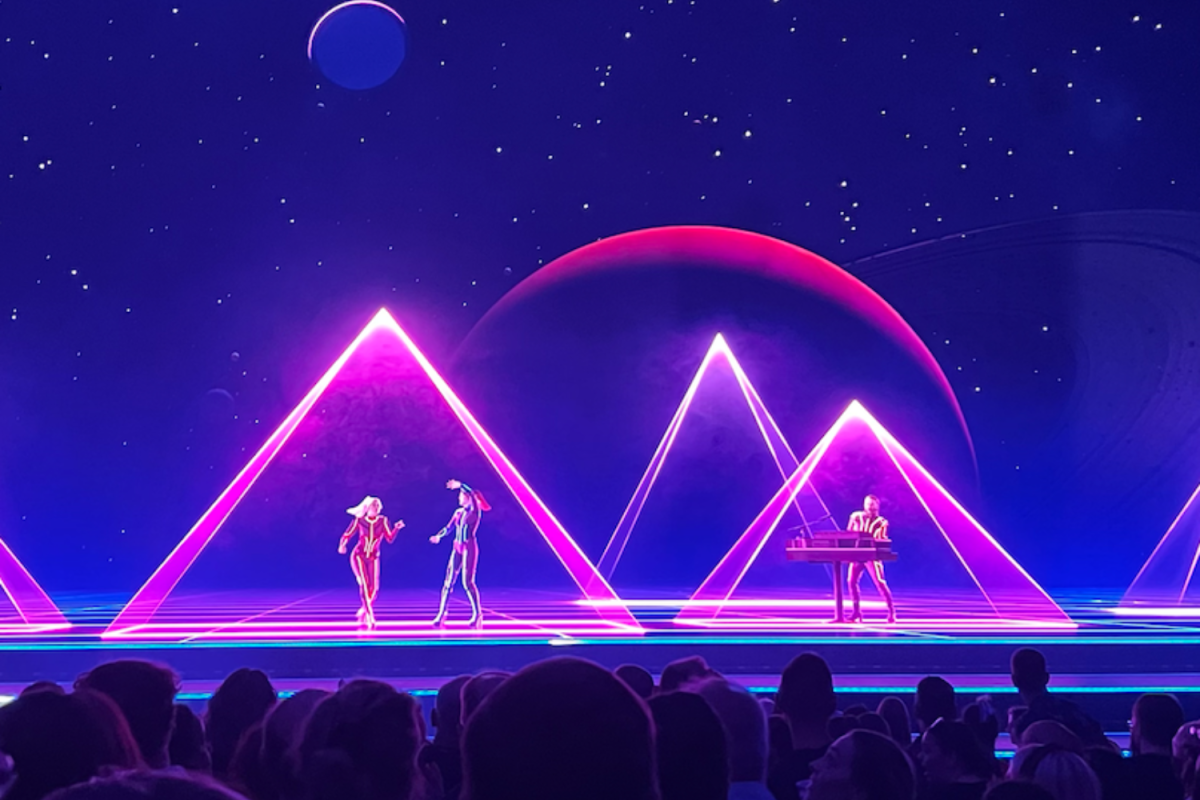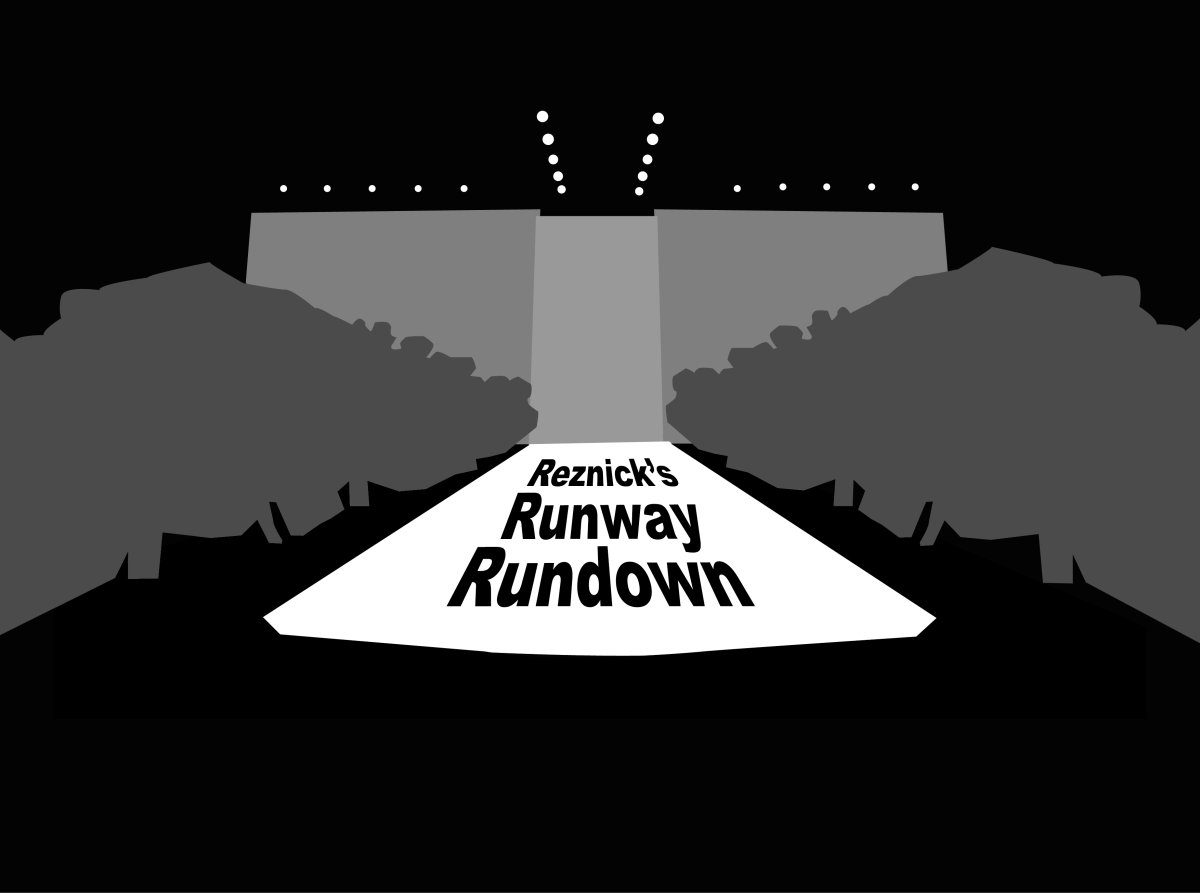Since its release in theaters July 21, “Barbie” has made history as the highest-grossing film directed by a woman, according to The Hollywood Reporter. In addition, the film currently holds the title for the highest-grossing film of 2023 at over $1.38 billion so far, according to Billboard. The film’s success sets a precedent for future female-led stories.
Handling a character as iconic as Barbie is a difficult task, but writer and director Greta Gerwig excelled. Gerwig has historically focused her projects on female stories with films like, “Ladybird” and “Little Women,” both of which explore the transitional period between girlhood and womanhood.
However, in “Barbie,” Gerwig takes a character at the pinnacle of stereotypical femininity and subverts our idea of Barbie to present an emotional and relatable character.
In stark opposition to an industry that often romanticizes – and at times fetishizes – women’s pain, Gerwig chooses to highlight moments of joy and connection that the women in the film experience.
The actual plotline of “Barbie” is not revolutionary. It is a classic example of the archetypal hero’s journey. The lead in the film, played by actress Margot Robbie, is sent on a journey of discovery after she begins experiencing thoughts of death, despair and most horrifyingly to her, cellulite. Barbie travels from the matriarchal Barbie Land to the patriarchal Real World, a reflection of our own society.
What makes “Barbie” stand out is the emotional undercurrent that runs through the film. While Barbie struggles with the degrading treatment she experiences as a woman in the Real World, the emotional crux of the movie is not her discomfort or anger.
Near the end of the movie, Barbie is shown a montage compiled of clips of real women, witnessing memories of childhood, adolescence and adulthood. The memories shown are not of women concerned with fear of aging or women suffering at the hands of the patriarchy– instead, the montage showcases moments of unrestrained joy.
What makes “Barbie” stand out is the emotional undercurrent that runs through the film.
The representation of women on screen is often catered to male audiences, as women in film are romanticized to embody tropes such as the femme fatale or the manic-pixie-dream-girl, both of which rely on mysterious and naive qualities. The overwhelming majority of these tropes are shallow, one-dimensional and wholly unrealistic.
Conversely, countless feminist films center their storylines around anger, despair or tragedy. While these emotions are valid and often felt within a patriarchal society, these representations of women are also one-dimensional.
It is imperative for films to start representing women in a more realistic light. While it’s not necessary for every single movie to incorporate a wide spectrum of emotion, it’s deeply necessary for the film industry to diversify the female-led stories that they present.
While Barbie’s initial experiences of being a real woman were clouded with fear and discomfort at the hands of patriarchal society, she is later shown a happier side to womanhood.
Throughout the film, Barbie is in awe of everyday experiences, such as meeting an elderly woman at a bus stop and attending a gynecologist appointment. Her excitement for simple tasks that women regularly encounter supports the idea that womanhood deserves to be celebrated.
However, men play a large role in the film. It would be impossible to discuss Barbie without discussing Ken. It’s important to note that Ken was not only there for comic relief. Ryan Gosling’s noteworthy performance as Ken defined the energy of the film. His character served as a representation of the way that the patriarchy also affects men. Ken’s initial fascination with the patriarchy mirrors the way that many hyper-masculine influencers often present aspirational lifestyles that appeal to their young audiences. Unfortunately, the advice and viewpoints in the media are often intertwined with misogynistic rhetoric.
The pressure placed on Ken to dominate Barbie Land shows how the pressures the patriarchy puts on men to conform can be just as restrictive as the standards placed on women. The difference is that the standards placed on men often come with the expectation that they hold positions of power, while the pressure put on women encourages them to be subservient.
It would be easy for audiences to dismiss Ken as a villain, rather than a victim of the patriarchy. However, the audience has wholeheartedly embraced Ken as a highlight of the film, with the TikTok hashtag “#I’mJustKen”, accumulating over 500 million views.
The overwhelmingly positive reception to the character is a testament to Gerwig’s nuanced writing. The fact that audiences are empathetic towards a flawed character exemplifies the virtues of forgiveness and acceptance that the film preaches.
Despite the heavier themes covered over the course of the film, “Barbie” is ultimately an incredibly fun viewing experience. The bright colors, upbeat soundtrack and comedic performances combined with the explorations of patriarchy and sexism result in a film that has a rich emotional arc, invoking amusement, empathy and anger.
Hopefully, the film sets a precedent for studios to start taking on female stories. The plotlines and themes explored cater towards a demographic that has largely been neglected by major productions in the past.
“Barbie” is not just a story about women, but instead a cultural critique of the experiences many women face. Barbie’s journey to womanhood is not about embodying a stereotype, but is about the celebration of girlhood. The commercial success of “Barbie” proves that female-directed movies catered to women are just as profitable as movies that are created by and for men.





